- PRECIOUS GEMSTONE
-
GEMSTONES
- SEMI-PRECIOUS GEMSTONES
- BIRTH STONES
- RUDRAKSHA

How Do Gemstones Form? Unveiling Their Fascinating Journey
Gemstones have been a source of fascination for humans for centuries, not just for their beauty but also for the incredible stories they tell about our planet's history. These precious stones result from complex geological processes that take millions, sometimes billions, of years to complete.
The Origins: Deep Within the Earth
Most gemstones begin their journey far beneath the Earth's surface, within the mantle or deep crust. Here, extreme conditions of heat and pressure cause minerals to crystallize. These minerals, depending on their chemical composition, will eventually become the gemstones we recognize today.
For instance, diamonds form under immense pressure and high temperatures over 100 miles below the Earth's surface. Over time, volcanic activity brings these diamonds closer to the surface, where they can be mined. Similarly, emeralds are formed in hydrothermal veins deep within the Earth’s crust. The combination of heat, pressure, and the presence of beryllium gives rise to their distinctive green color.
The Role of Plate Tectonics
The movement of the Earth’s tectonic plates plays a significant role in gemstone formation. When plates collide, they create mountain ranges and deep-seated fault lines, which are prime locations for gemstone creation. The intense pressure and friction generated during these tectonic activities can cause minerals to recrystallize and form gemstones.
For example, rubies and sapphires are commonly found in areas with significant tectonic activity, like Myanmar and Sri Lanka. The aluminum and oxygen-rich minerals in these regions, subjected to extreme conditions, form the beautiful corundum crystals that we know as rubies and sapphires.
The Influence of Water and Fluids
Water plays a crucial role in the formation of many gemstones. Hydrothermal processes, where hot, mineral-rich water flows through cracks in the Earth’s crust, are responsible for creating gemstones like opals, emeralds, and amethysts. As the water cools, minerals crystallize and form gemstones within the rock crevices.
For instance, opals are formed when silica-rich water seeps into rock cavities. As the water evaporates, it leaves behind a silica gel that slowly hardens into the vibrant, iridescent opals we see today.
The Impact of Metamorphism
Metamorphic processes, where existing rocks are transformed by heat and pressure, also contribute to the formation of gemstones. This process alters the mineral composition and structure of rocks, sometimes resulting in the creation of gemstones.
A classic example is garnet, which forms under the intense heat and pressure associated with metamorphic rocks. As the original rock is subjected to these conditions, it changes its structure and mineral content, forming garnet crystals within the rock.
The Role of Time
Time is a crucial factor in the formation of gemstones. The processes that create these stones are not quick; they take place over millions of years. The slow cooling of magma, the gradual movement of tectonic plates, and the steady flow of mineral-rich waters all contribute to the long formation process. The longer the process, the larger and more defined the gemstone can become.
The Final Reveal: Erosion and Discovery
After millions of years, natural processes like erosion, volcanic activity, and earthquakes bring these hidden treasures to the surface. Rivers carry eroded materials, including gemstones, downstream, depositing them in gravel beds. Over time, miners and gem hunters discover these stones, extracting them to be cut, polished, and transformed into the stunning pieces of jewelry we admire.
Conclusion
The journey of gemstone formation is a testament to the incredible forces at work beneath our feet. Each gemstone is a unique record of the Earth’s geological history, capturing a moment in time that spans millions of years. The next time you admire a sparkling diamond, a radiant ruby, or a luminous emerald, remember that you are holding a piece of the Earth’s ancient and awe-inspiring story.
My Account
Contact Info
- Address: 28, 7th Street, Tatabad, Coimbatore, Tamil Nadu - 641012, India.
- Phone: +91 7264 999 000
- Email: eloragems@gmail.com
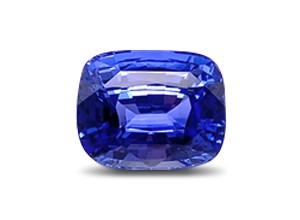 Blue Sapphire (Neelam)
Blue Sapphire (Neelam) 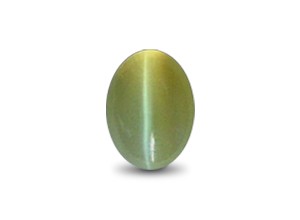 Cats Eye (Vaiduryam)
Cats Eye (Vaiduryam) 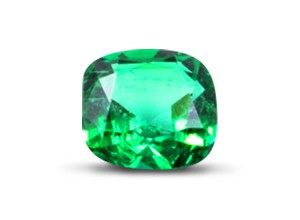 Emerald (Maragadham)
Emerald (Maragadham) 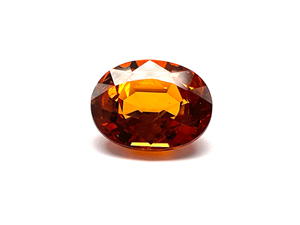 Hessonite (Gomed)
Hessonite (Gomed) 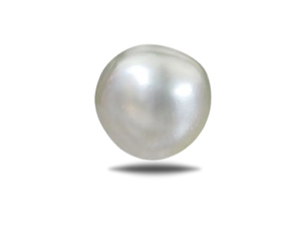 Pearl (Muthu)
Pearl (Muthu) 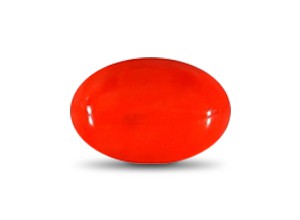 Red Coral (Pavalam)
Red Coral (Pavalam) 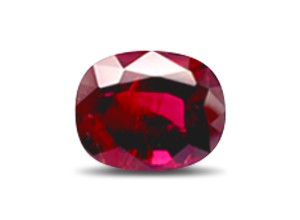 Ruby (Manik)
Ruby (Manik)  Yellow Sapphire (Pushparag)
Yellow Sapphire (Pushparag) 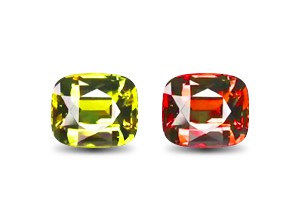 Alexandrite
Alexandrite 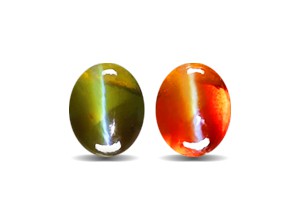 Alexandrite Cats Eye
Alexandrite Cats Eye  Carving Gem Stones
Carving Gem Stones 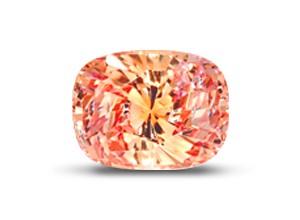 Padparadscha Sapphire
Padparadscha Sapphire 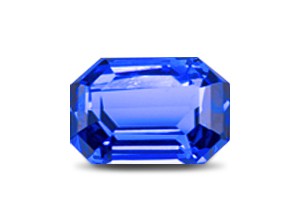 Tanzanite
Tanzanite 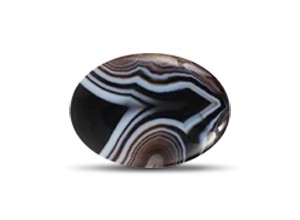 Agate
Agate  Amber
Amber 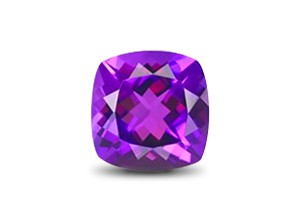 Amethyst
Amethyst 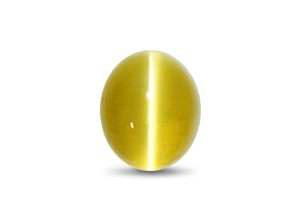 Apatite Cat's Eye
Apatite Cat's Eye 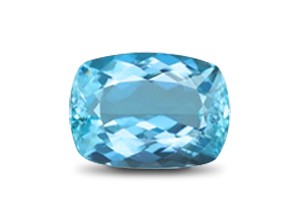 Aquamarine
Aquamarine 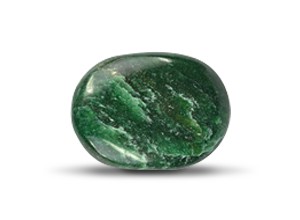 Aventurine
Aventurine 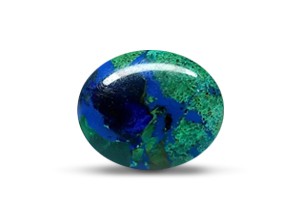 Azurite
Azurite 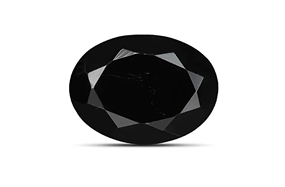 Black Tourmaline
Black Tourmaline 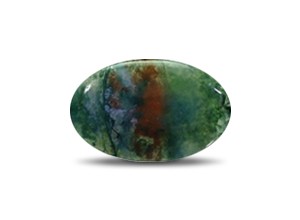 Bloodstone
Bloodstone 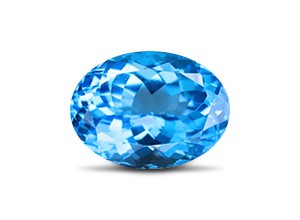 Blue Topaz
Blue Topaz 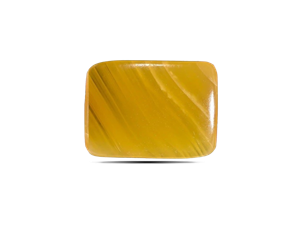 Calcite
Calcite 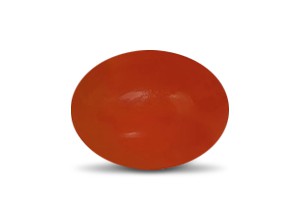 Carnelian
Carnelian 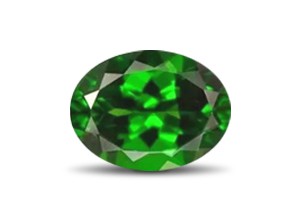 Green Sapphire
Green Sapphire 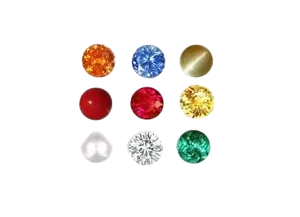 Navratna
Navratna 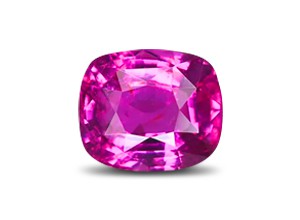 Pink Sapphire
Pink Sapphire 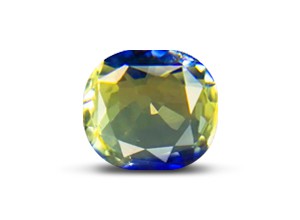 Pitambari Neelam
Pitambari Neelam 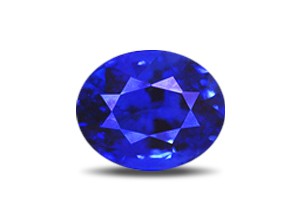 Sapphire
Sapphire  Star Ruby
Star Ruby 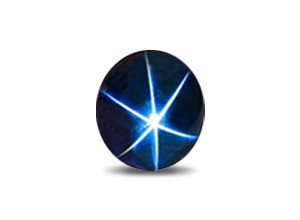 Star Sapphire
Star Sapphire 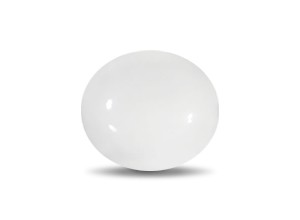 White Coral
White Coral 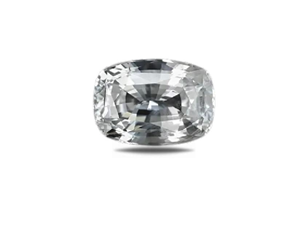 White Sapphire
White Sapphire 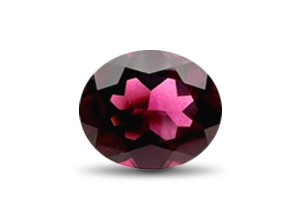 January Birthstone
January Birthstone 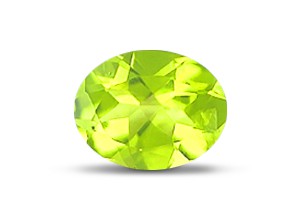 August Birthstone
August Birthstone 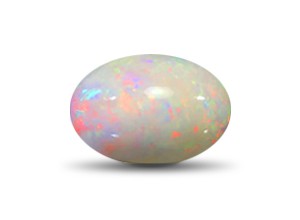 October Birthstone
October Birthstone 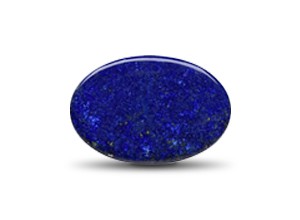 December Birthstone
December Birthstone  1 Mukhi Rudraksha
1 Mukhi Rudraksha 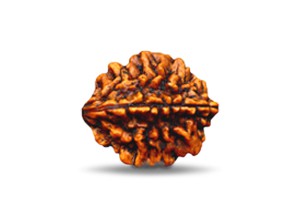 2 Mukhi Rudraksha
2 Mukhi Rudraksha 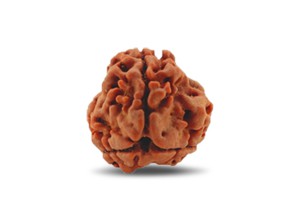 3 Mukhi Rudraksha
3 Mukhi Rudraksha 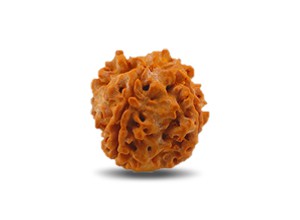 4 Mukhi Rudraksha
4 Mukhi Rudraksha  5 Mukhi Rudraksha
5 Mukhi Rudraksha 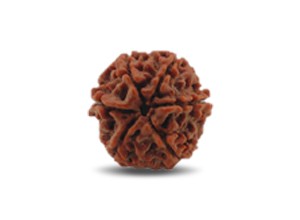 6 Mukhi Rudraksha
6 Mukhi Rudraksha 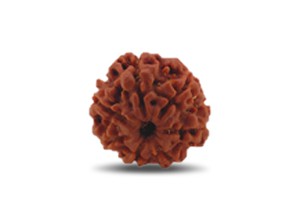 7 Mukhi Rudraksha
7 Mukhi Rudraksha 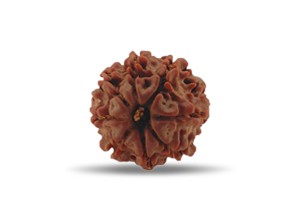 8 Mukhi Rudraksha
8 Mukhi Rudraksha 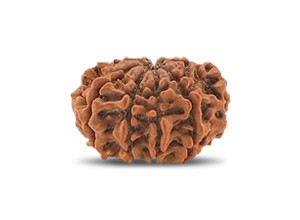 9 Mukhi Rudraksha
9 Mukhi Rudraksha  10 Mukhi Rudraksha
10 Mukhi Rudraksha 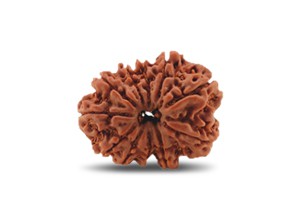 11 Mukhi Rudraksha
11 Mukhi Rudraksha 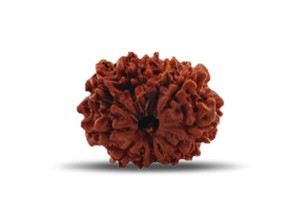 12 Mukhi Rudraksha
12 Mukhi Rudraksha 
